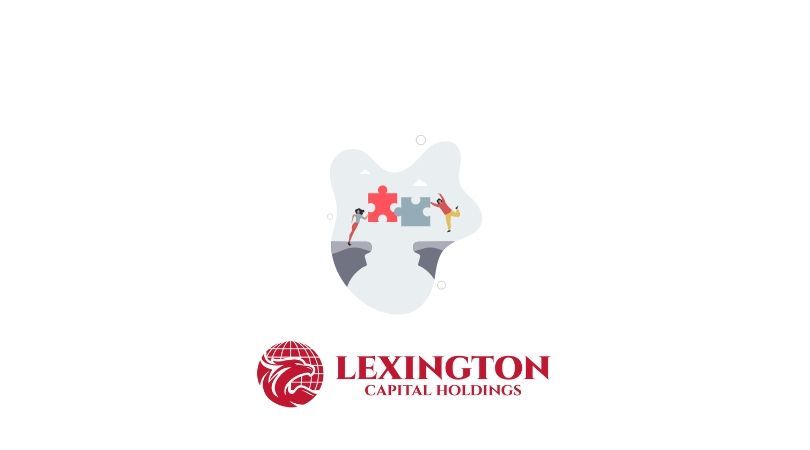The Power of Business Credit: Why It Matters and How to Build It
The Power of Business Credit: Why It Matters and How to Build It
Building and maintaining strong business credit is one of the most critical steps in setting up your business for long-term success. A solid credit profile not only helps your business access financing when needed but also builds credibility with suppliers, lenders, and even clients. Whether you’re launching a new venture or scaling an existing one, understanding the importance of business credit and how to build it strategically can provide lasting benefits.
Why Business Credit Matters
- Access to Funding Strong business credit makes it easier to secure loans, lines of credit, and other financial products essential for growth. Lenders often rely on your credit profile to assess risk, and a solid score can lead to better financing terms, including lower interest rates and higher credit limits. This financial flexibility is invaluable for managing cash flow, expanding operations, or handling unexpected expenses.
- Separates Personal and Business Finances Establishing business credit helps you keep your personal and business finances separate, which is crucial for tax purposes and personal asset protection. A distinct business credit profile allows you to rely less on personal credit, reducing personal liability and safeguarding your credit score.
- Builds Credibility and Trust A strong business credit score signals reliability to vendors, suppliers, and potential partners. Businesses with good credit are often seen as more established and dependable, which can lead to better terms with suppliers, including bulk discounts and more favorable payment arrangements.
- Positions Your Business for Growth Opportunities Companies with excellent credit profiles are in a better position to seize growth opportunities, such as expanding locations, launching new product lines, or entering new markets. Strong business credit can help you act quickly when an opportunity arises without needing to scramble for financing.
How to Build Business Credit Strategically
- Establish Your Business Legally The first step in building business credit is to create a separate legal entity for your business, such as an LLC or corporation. This step ensures that your business can begin to build its own credit profile, distinct from your personal credit.
- Obtain an EIN (Employer Identification Number) Your EIN is like a Social Security number for your business and is required for tax filing, hiring employees, and opening business accounts. The IRS provides EINs for free, and it’s a key identifier that helps establish your business identity in the financial world.
- Open a Business Bank Account Having a business bank account is essential for separating personal and business finances. It also provides a platform for managing cash flow, tracking business expenses, and showing lenders and suppliers that you are operating a legitimate business.
- Apply for a Business Credit Card A business credit card is an easy way to start building your business credit profile. Use the card for regular business expenses, but be sure to pay off the balance on time each month. Timely payments build positive credit history, while responsible usage keeps your credit utilization low—both crucial factors in building a strong score.
- Work with Vendors Who Report Payments Not all vendors report to business credit bureaus, so choose suppliers who do, such as those in office supplies, shipping, or other essential services. Consistently paying these vendors on time or early can boost your credit profile and establish your business as a reliable payer.
- Monitor Your Business Credit Regularly Just as you would monitor your personal credit, regularly reviewing your business credit report helps you spot any discrepancies or fraudulent activities that could damage your score. Agencies like Dun & Bradstreet, Experian Business, and Equifax Business provide credit reports and scores for businesses, and staying informed can help you address issues quickly.
- Avoid High Credit Utilization Maintaining a low credit utilization ratio is essential for a strong credit profile. Just like personal credit, business credit bureaus look favorably on businesses that use a smaller percentage of their available credit. Aim to keep utilization below 30% to show that you’re not overly reliant on credit.
- Expand Credit Lines Over Time As your business grows and your credit improves, apply for additional lines of credit or increase existing limits. However, be cautious not to overextend; expanding credit strategically helps improve creditworthiness without increasing the risk of default.
Final Thoughts
Building business credit doesn’t happen overnight, but consistent, strategic actions can lead to a robust credit profile that serves as a valuable asset for your business. By establishing a solid foundation, paying bills on time, and carefully managing your finances, you can create a credit profile that not only supports your growth goals but also safeguards your business during economic downturns.
Remember, strong business credit is more than just a number—it’s an essential tool that can empower your business with the financial flexibility needed to thrive in a competitive landscape. Start building your credit today and lay the groundwork for a future of growth and opportunity.

When you apply for business funding, your application goes through a critical stage—underwriting. This is where lenders evaluate risk and determine whether your business qualifies for financing, and under what terms. Understanding what underwriters look for can help you strengthen your application, avoid delays, and increase your approval odds.

Not every business enjoys a steady stream of income. For many companies—especially those in seasonal industries, contracting, or project-based work—revenue can shift dramatically from month to month. These ups and downs are normal, but they can make managing cash flow, payroll, and operating expenses challenging. At Lexington Capital Holdings, we understand that fluctuating revenue doesn’t mean instability—it just means you need the right financial tools to stay balanced and grow confidently.

The Challenge of Hyper-Growth For many startups, growth isn’t the problem—it’s managing it. Rapid scaling demands capital for hiring, marketing, technology, and operations. But too often, founders find themselves cash-strapped right when they need resources the most. Choosing the right financing strategy can be the difference between sustainable growth and burning out too soon.

When it comes to business financing, the terms you secure are just as important as the funding itself. Lower interest rates, flexible repayment schedules, and higher approval amounts can mean the difference between simply surviving and setting your business up to thrive. The good news? Business owners often have more negotiating power than they realize. At Lexington Capital Holdings, we’ve seen firsthand how preparation and strategy can help secure stronger terms. Here’s how you can do the same:

For many businesses, waiting on customer payments can feel like standing still when you’re ready to move forward. Delayed invoices, extended payment terms, or slow collections create cash flow gaps that make it harder to cover expenses, pay employees, or seize new opportunities. The truth is—even successful, profitable companies face this challenge. The key isn’t avoiding it, but managing it strategically with the right funding solutions

Securing business funding is a milestone—but the real impact comes from how you put that capital to work. Every dollar borrowed should fuel momentum, strengthen operations, and generate measurable returns. Unfortunately, too many businesses stop at “getting approved” and miss the chance to maximize their return on investment (ROI). At Lexington Capital Holdings, we believe funding isn’t just about access to capital—it’s about creating opportunity. Here’s how to ensure your financing delivers the highest ROI:

In today’s fast-paced business environment, standing out from the competition requires more than just great products and services—it takes strategy, timing, and smart financial decisions. One of the most overlooked tools in building and maintaining a competitive advantage is business financing. When leveraged correctly, financing doesn’t just help you “get by”; it can actually position your business to outpace competitors and capture new opportunities.

In business, surprises aren’t a matter of if—they’re a matter of when. Whether it’s a sudden equipment breakdown, an unexpected dip in sales, or a market shift that requires quick adaptation, unforeseen expenses can test even the most successful companies. The difference between thriving and struggling often comes down to how well you’ve prepared.

When most business owners hear the word debt, it sparks feelings of stress or risk. But here’s the truth—debt isn’t always a bad thing. In fact, when managed strategically, debt can become one of the most powerful tools to grow, stabilize, and scale your business. At Lexington Capital Holdings, we work with business owners every day who are navigating this very question: Is taking on debt the right move for me? Let’s break down the difference between “good” and “bad” debt so you can make informed financial decisions.

In today’s business world, financing options are everywhere—but choosing the right path can feel overwhelming. From traditional bank loans to alternative lending solutions, the fine print and fast-changing requirements often leave business owners spending more time deciphering funding terms than actually running their businesses. That’s where the value of a dedicated funding advisor truly shines. At Lexington Capital Holdings, we’ve seen firsthand how personalized guidance can transform the funding experience for business owners of all sizes.

